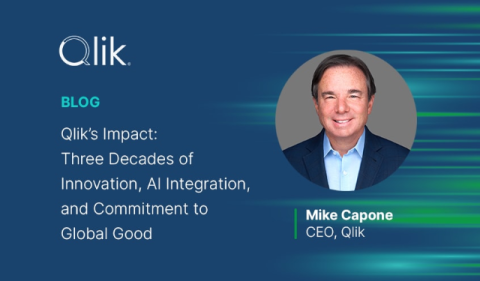4 Ways Gen AI Can Help Brand Advertisers and Ad Agencies Engage Consumers
Uncertainty is the new norm for today’s brand advertisers and advertising agencies. Google has once again changed its stance on third-party cookies, keeping them for at least the time being. With the future of cookies still uncertain, many advertisers have already been preparing to use alternative targeting strategies, such as first-party data and contextual targeting.











